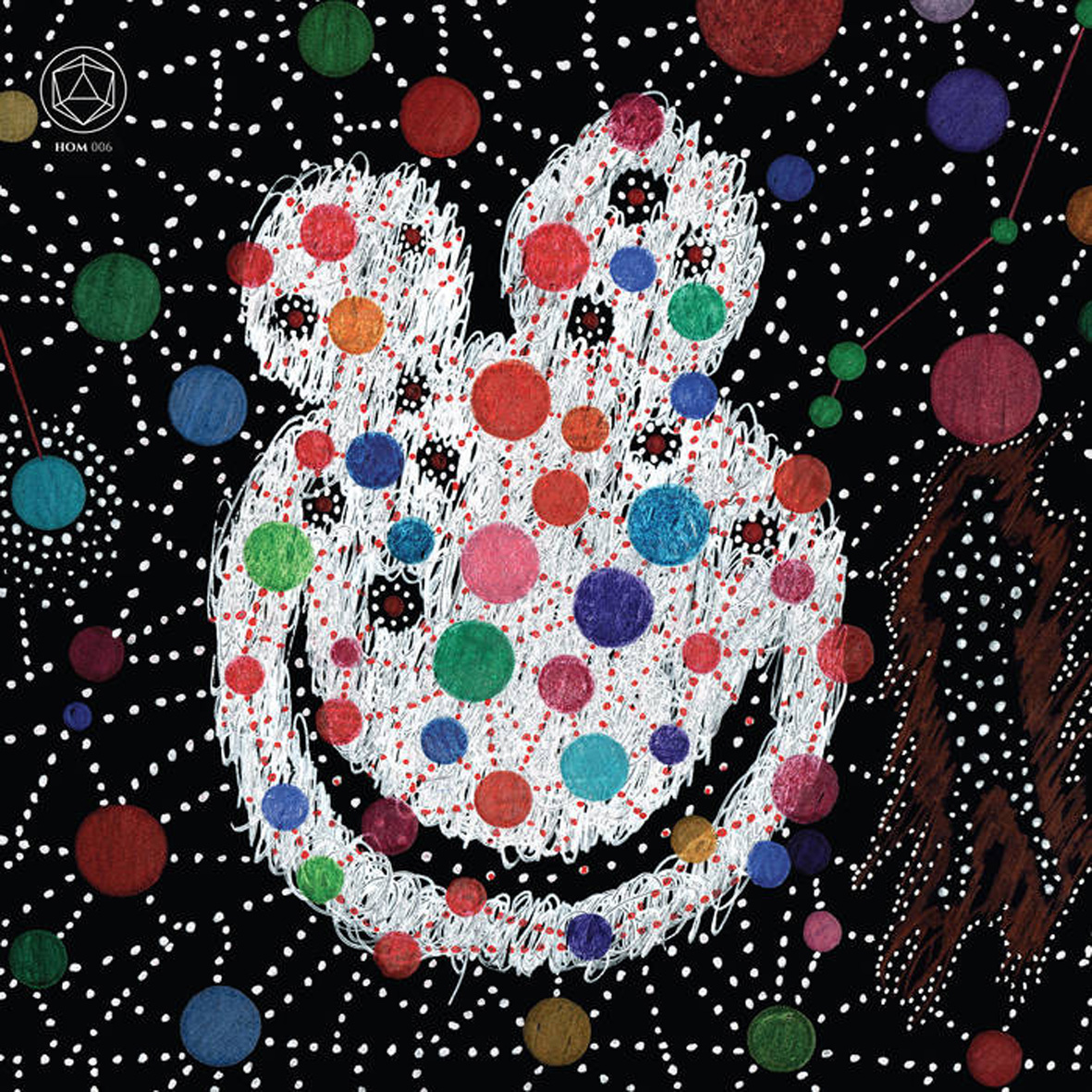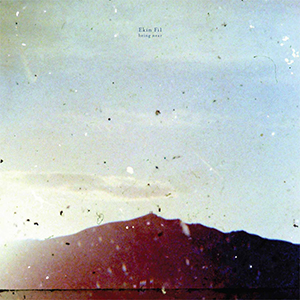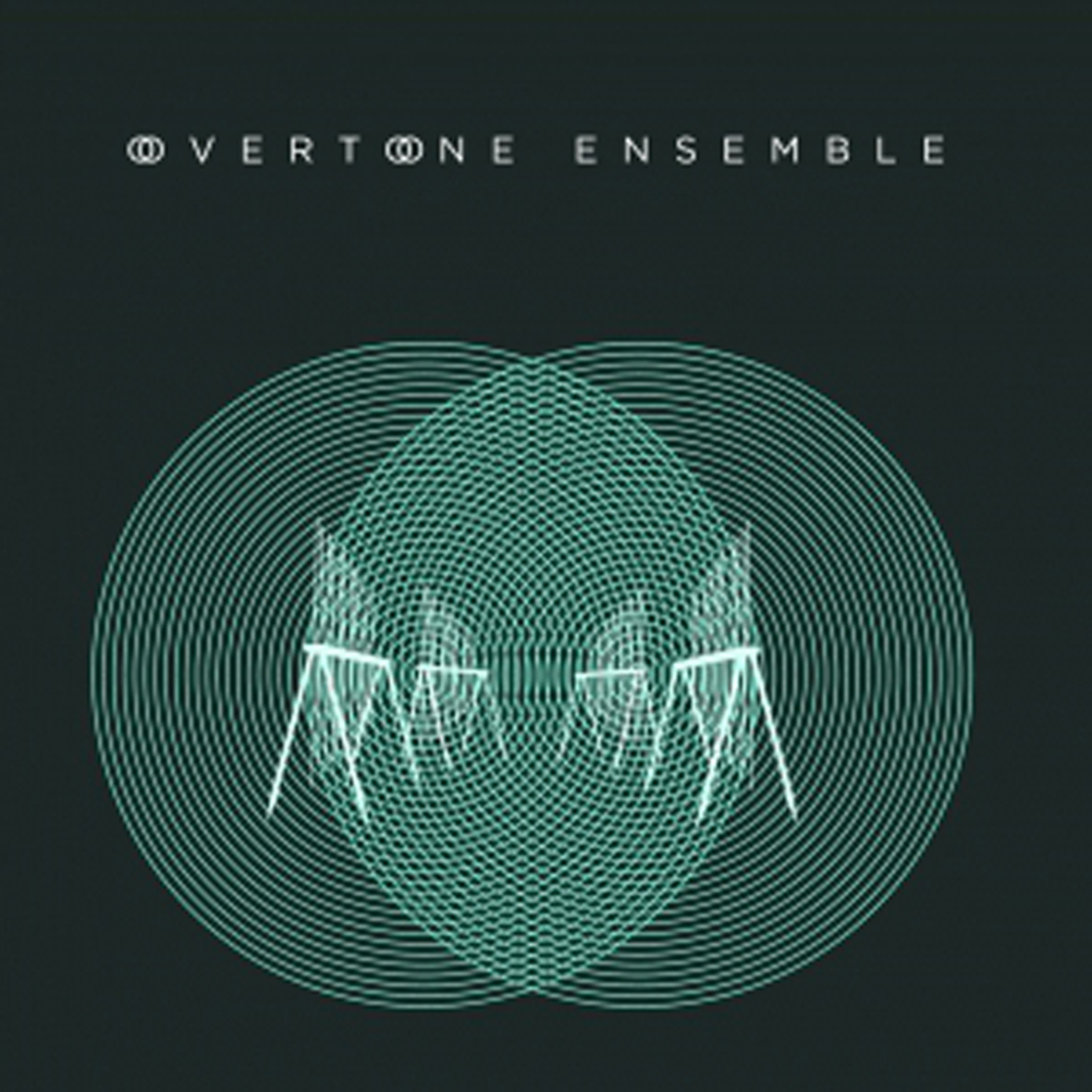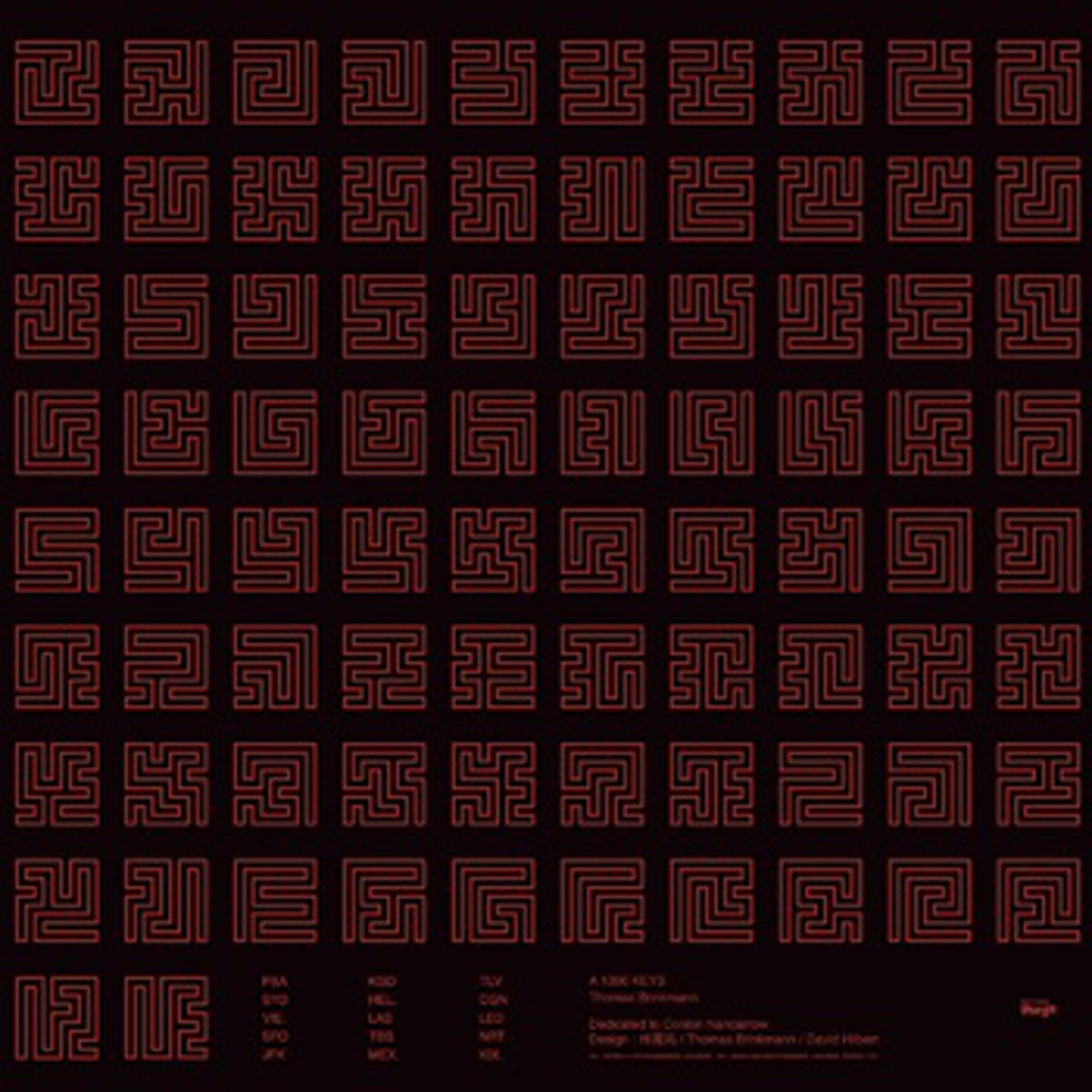 This collaboration between David Tibet and early Current 93 alum and erstwhile Killing Joke bassist Youth is quite a fascinating, bizarre, improbable, and intermittently perplexing release.  Given how little attention I pay to mainstream music, I had completely forgotten that Youth also has an ongoing project with Paul McCartney (The Fireman) and a long history of production and remix credits involving artists like U2, Depeche Mode, Erasure, and almost Duran Duran.  In short, he is primarily an ingenious chameleon whose greatest gift lies in adapting to new situations, figuring out how to make the most of them, and egolessly fading into the background.  That is exactly what he has (mostly) done with Create Christ, Sailor Boy: consciously opting to be as invisible as possible.  As such, this album is primarily a showcase for David Tibet's snarling and singular poetic rantings presented on an epic scale, some of which rank among his best.
This collaboration between David Tibet and early Current 93 alum and erstwhile Killing Joke bassist Youth is quite a fascinating, bizarre, improbable, and intermittently perplexing release.  Given how little attention I pay to mainstream music, I had completely forgotten that Youth also has an ongoing project with Paul McCartney (The Fireman) and a long history of production and remix credits involving artists like U2, Depeche Mode, Erasure, and almost Duran Duran.  In short, he is primarily an ingenious chameleon whose greatest gift lies in adapting to new situations, figuring out how to make the most of them, and egolessly fading into the background.  That is exactly what he has (mostly) done with Create Christ, Sailor Boy: consciously opting to be as invisible as possible.  As such, this album is primarily a showcase for David Tibet's snarling and singular poetic rantings presented on an epic scale, some of which rank among his best.
Two new shows just for you. We have squeezed out two extended release episodes for this weekend to get you through this week. They contain mostly new songs but there's also new issues from the vaults. The first show features music from Rider/Horse, Mint Field, Robert Aiki Aubrey Lowe, Anastasia Coope, ISAN, Stone Music, La Securite, Bark Psychosis, Jon Rose, Master Wilburn Burchette, Umberto, Wand, Tim Koh, Sun An, and Memory Drawings. The second episode has music by Laibach, Melt-Banana, Chuck Johnson, X, K. Yoshimatsu, Dorothy Carter, Pavel Milyakov, Violence Gratuite, Mark Templeton, Dummy, Endon, body / negative, Midwife, Alberto Boccardi, Divine. Cow in Maui from Veronika in Vienna. Get involved: subscribe, review, rate, share with your friends, send images! |



 This latest opus captures The Dead C at their most endearingly perverse, brilliant, and anti-virtuosic, as they have somehow managed to craft a double album without actually having any conventional content at all: no real riffs, no hooks, no grooves, and no songs (unless some mumbling in a sea of feedback counts).  That approach seems to tailor-made to alienate most potential new listeners, but the towering monolith of guitar squall that is Trouble is an absolute delight for the faithful like myself.  These five sprawling and amorphous pieces sound like someone dropped napalm on rock music, leaving nothing but a smoldering, heaving, and howling wreckage.  Occasionally something resembling a melody will emerge from the blown-out entropy, but the album’s real appeal is its visceral chaos.  In some ways, this may very well be The Dead C's finest album yet.
This latest opus captures The Dead C at their most endearingly perverse, brilliant, and anti-virtuosic, as they have somehow managed to craft a double album without actually having any conventional content at all: no real riffs, no hooks, no grooves, and no songs (unless some mumbling in a sea of feedback counts).  That approach seems to tailor-made to alienate most potential new listeners, but the towering monolith of guitar squall that is Trouble is an absolute delight for the faithful like myself.  These five sprawling and amorphous pieces sound like someone dropped napalm on rock music, leaving nothing but a smoldering, heaving, and howling wreckage.  Occasionally something resembling a melody will emerge from the blown-out entropy, but the album’s real appeal is its visceral chaos.  In some ways, this may very well be The Dead C's finest album yet. Unsurprisingly, this newest work from Maryland’s Jeff Barsky is cut from a similar cloth as his recent works, such as his split record with Earthen Sea from 2014. To be clear, this is a very good thing, as it is clear that Work again emphasizes his judicious use of effects and processing on understated guitar work. Because of this, he is able to hit that difficult sweet spot between novel sound treatments while still retaining the instrument’s natural sound. As a result of that careful production and performance, Work is a beautiful, complex record that demonstrates his skill both as a performer and as a sound artist.
Unsurprisingly, this newest work from Maryland’s Jeff Barsky is cut from a similar cloth as his recent works, such as his split record with Earthen Sea from 2014. To be clear, this is a very good thing, as it is clear that Work again emphasizes his judicious use of effects and processing on understated guitar work. Because of this, he is able to hit that difficult sweet spot between novel sound treatments while still retaining the instrument’s natural sound. As a result of that careful production and performance, Work is a beautiful, complex record that demonstrates his skill both as a performer and as a sound artist. The influences that helped shape Turkish artist Ekin Üzeltüzenci’s latest work, and her work under the name Ekin Fil overall are not hard to place. For the most part, Being Near is an album of pop songs, yet enshrouded in gauzy reverb and blurry production that gives them a somewhat alien, but simultaneously melancholic edge. Sounds of guitar, voice, and electronics all define these eight songs, but the whole is greater than the sum of those familiar parts, culminating in an achingly beautiful excursion of music.
The influences that helped shape Turkish artist Ekin Üzeltüzenci’s latest work, and her work under the name Ekin Fil overall are not hard to place. For the most part, Being Near is an album of pop songs, yet enshrouded in gauzy reverb and blurry production that gives them a somewhat alien, but simultaneously melancholic edge. Sounds of guitar, voice, and electronics all define these eight songs, but the whole is greater than the sum of those familiar parts, culminating in an achingly beautiful excursion of music.
 In Versatile Ambience’s second half, Jeph Jerman and Tim Barnes cobble together a sequence of individual words and short phrases from a small ensemble of speakers. As each solitary fragment, captured with varying degrees of fidelity, falls into place, a kind of instructional sense emerges from the cut-up poetic randomness: "Your voice arrested; the smithy’s forge displacing hard footfall with scrutiny of boot-leather. Attempts to redirect equally malleable." A final exchange points the way to Versatile’s heart: "You, the anvil?" someone questions. A faded voice replies, "I’m the hammer." Using insect and animal life, tape noise, and acoustic performances from Jacob Duncan and Ken Vandermark, Jerman and Barnes temper their field recordings like a smith tempers metal, constantly moving from ambiguity to particularity and back again, molding their music with heat and cold. Seemingly inconsequential sounds, like the dry splash of fallen leaves, become intricate explosions. The wooden hum of a violin unfurls and sinks like a wave at sea and the album sways between modes, constantly eluding the firm grip of a total view.
In Versatile Ambience’s second half, Jeph Jerman and Tim Barnes cobble together a sequence of individual words and short phrases from a small ensemble of speakers. As each solitary fragment, captured with varying degrees of fidelity, falls into place, a kind of instructional sense emerges from the cut-up poetic randomness: "Your voice arrested; the smithy’s forge displacing hard footfall with scrutiny of boot-leather. Attempts to redirect equally malleable." A final exchange points the way to Versatile’s heart: "You, the anvil?" someone questions. A faded voice replies, "I’m the hammer." Using insect and animal life, tape noise, and acoustic performances from Jacob Duncan and Ken Vandermark, Jerman and Barnes temper their field recordings like a smith tempers metal, constantly moving from ambiguity to particularity and back again, molding their music with heat and cold. Seemingly inconsequential sounds, like the dry splash of fallen leaves, become intricate explosions. The wooden hum of a violin unfurls and sinks like a wave at sea and the album sways between modes, constantly eluding the firm grip of a total view. Despite being one of the more inventive and intriguing artists in the contemporary experimental music milieu, Australia's Tim Catlin is not a particularly well-known name here in the US, though he has collaborated with both Jon Mueller and Machinefabriek in the past.  It is hard to say whether or not his first full-length for Important will raise his profile though, as it easily stands as one of the most uncompromisingly hyper-minimal and outré releases from the label in recent memory.  For one, it is devoted primarily to works composed for the Vibrissae, a set of "microtonally tuned metal rod instruments" built by Catlin.  Secondly, it provides exactly what the name "Overtone Ensemble" suggests: plenty of eerily harmonizing sustained tones and little more.  As such, it is probably a hard sell for anyone not deep into the more rarified fringes of sound art, but it is a quite unique and wonderful release for those of us with ears attuned to that wavelength, at times exploring terrain not dissimilar to that of Catlin’s label mate Ellen Fullman.  Other times, it probably sounds like absolutely nothing else on earth.
Despite being one of the more inventive and intriguing artists in the contemporary experimental music milieu, Australia's Tim Catlin is not a particularly well-known name here in the US, though he has collaborated with both Jon Mueller and Machinefabriek in the past.  It is hard to say whether or not his first full-length for Important will raise his profile though, as it easily stands as one of the most uncompromisingly hyper-minimal and outré releases from the label in recent memory.  For one, it is devoted primarily to works composed for the Vibrissae, a set of "microtonally tuned metal rod instruments" built by Catlin.  Secondly, it provides exactly what the name "Overtone Ensemble" suggests: plenty of eerily harmonizing sustained tones and little more.  As such, it is probably a hard sell for anyone not deep into the more rarified fringes of sound art, but it is a quite unique and wonderful release for those of us with ears attuned to that wavelength, at times exploring terrain not dissimilar to that of Catlin’s label mate Ellen Fullman.  Other times, it probably sounds like absolutely nothing else on earth. For a band notorious for doing the absurdly perverse, such as releasing two albums both titled The Ape of God simultaneously, but with entirely different track lists, Mickey Rookey Live at London is a surprisingly straight-forward live album. Across 18 songs, spanning since the super-group’s inception in 2000, it works great as a stand-alone release, but also as a distillation of the band’s decade and a half career, captured one night in 2014.
For a band notorious for doing the absurdly perverse, such as releasing two albums both titled The Ape of God simultaneously, but with entirely different track lists, Mickey Rookey Live at London is a surprisingly straight-forward live album. Across 18 songs, spanning since the super-group’s inception in 2000, it works great as a stand-alone release, but also as a distillation of the band’s decade and a half career, captured one night in 2014.


